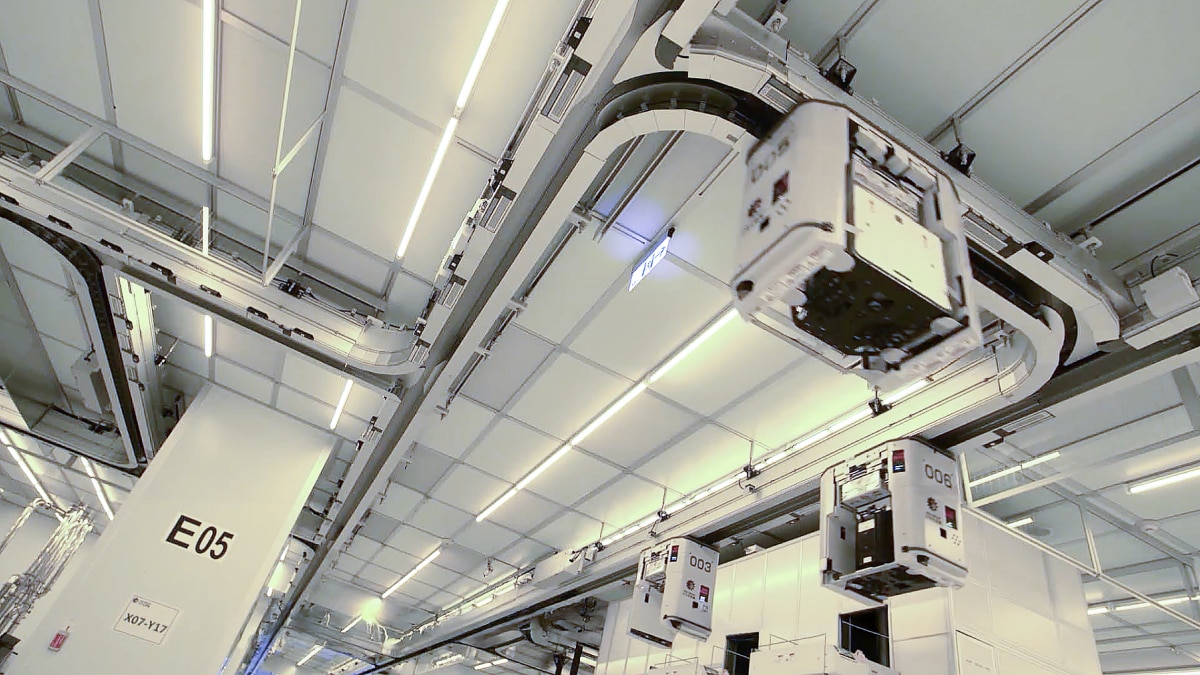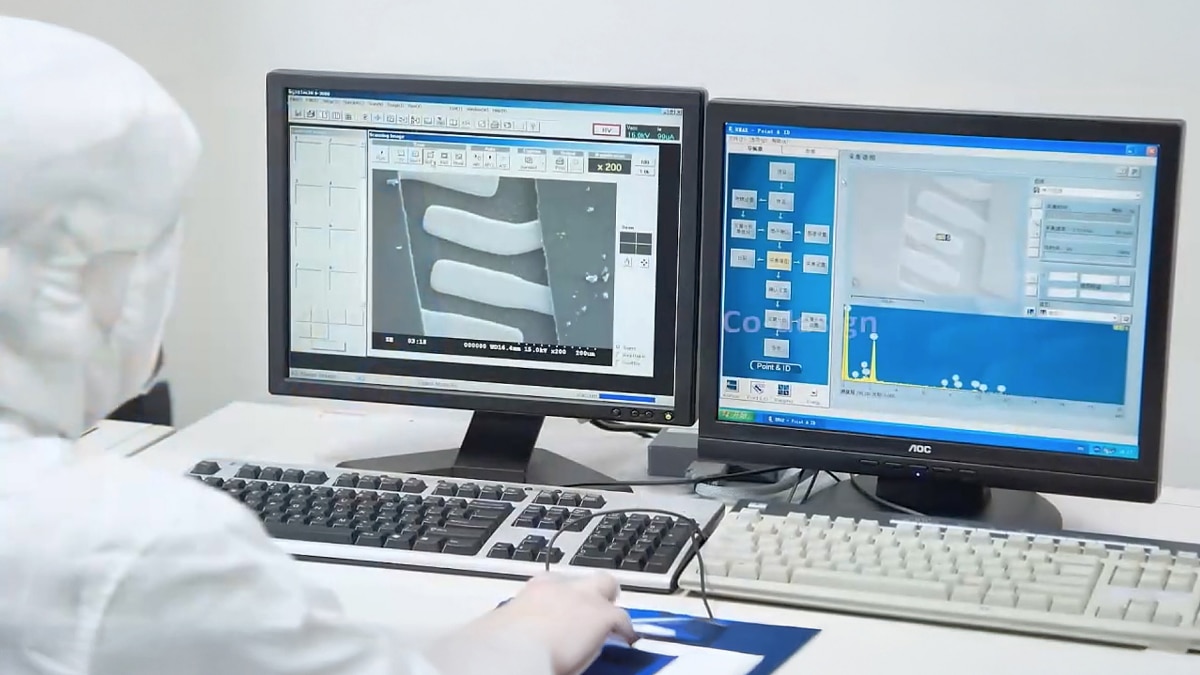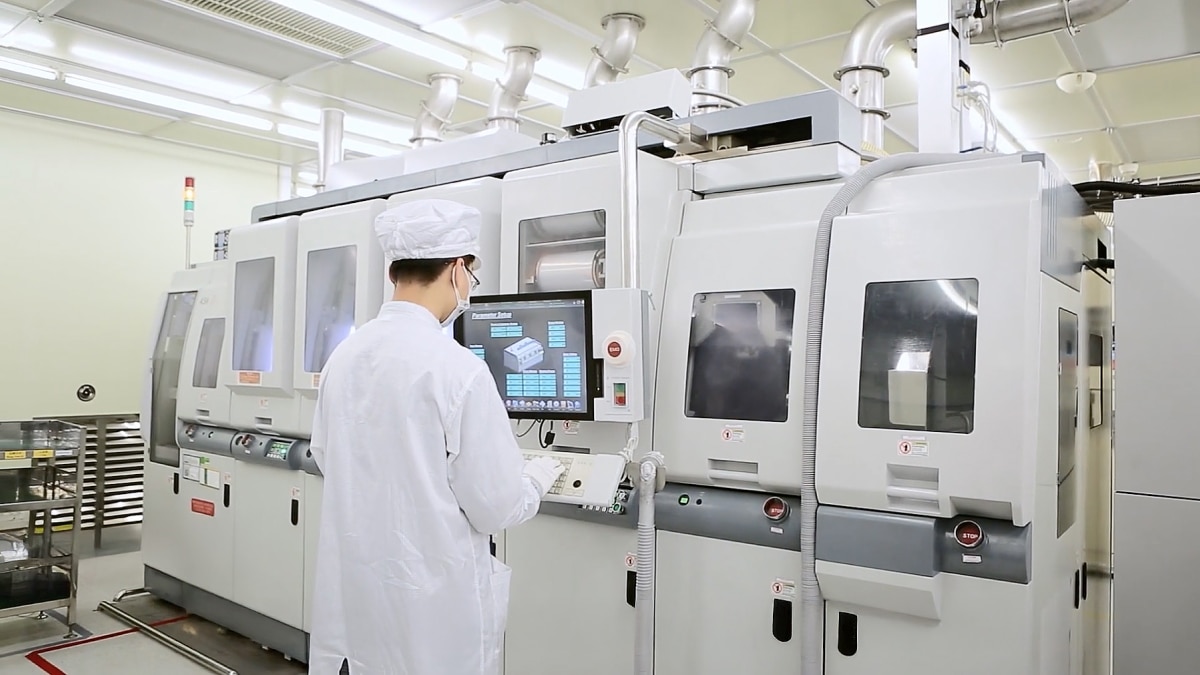ASE improves performance and reduces energy with AMD CPUs
ASE increased its data center compute resources by 2.5 times and improved client PC user productivity by 30 percent with AMD EPYC™ and Ryzen™ CPUs.
Taiwanese Advanced Semiconductor Engineering Inc. (ASE) is a leading company in testing and assembly of computer chip packages, which can be as compute-intensive as design and fabrication. ASE is always looking for the best possible performance for its smart factories and engineering specialists’ client systems. AMD EPYC™ and Ryzen™ processors delivered exactly what the company needed to streamline its production data centers and enable digital transformation for its most intensive end-user workloads.
“ASE provides a one-stop semiconductor assembly and testing solution to meet the diverse needs of its customers,” says Jekyll Chen, Director, IT Infrastructure, ASE. “By combining cutting-edge technology, data analytics, AI and other emerging technology, we help our customers realize new growth opportunities across a wide range of industries.”
The breadth of this customer base poses intensive demands on the performance of ASE’s infrastructure. “We need to handle a big volume of data analysis, including leading-edge technology for AI applications and our smart factories,” says Chen. “We work for many semiconductor companies. Our challenges are the need for high performance, low latency, and high core count, in alignment with ASE's ESG policy. Stability and scalability are two primary goals for us.”

Intensive computing required for data center and clients
ASE wanted to upgrade its client systems as well as its data center servers. “For our client PCs, we need high performance, low power and strong multitasking, so that the systems can support the productivity needs of the office,” says Chen. “The main task for the IT department is enhancing our efficiency and meeting the needs of maintenance and operation. We require big data analysis and AI models to enhance our automation capabilities for our smart factories. Our client PCs must support digital transformation for administrative work.”
This led ASE to consider AMD CPUs. “We discovered AMD technology mainly from the presentations shared by Dr. Lisa Su of AMD at an international event, as well as some CIO benchmarking in the IT industry,” says Chen. “We also learned about EPYC and Ryzen CPUs from our business partners. We heard about the advantages of AMD EPYC and Ryzen processors and then did our own proof of concept. HPE played an important role in helping us customize the solution for our needs. They assisted with hardware design and compatibility, making sure that the servers met our performance, stability, and manageability requirements.”
“We must perform data processing, run AI algorithms, and make sure everything operates smoothly, efficiently, and with the flexibility needed in our smart factories,” says Chen. “For client PCs, we need to make sure that they meet the needs of engineering design and the high-performance objectives of digital transformation. We also evaluated the performance, stability, core count, efficiency, total cost of ownership, AI speed, and multi-tasking capabilities of the new servers. After testing all these factors, we determined that AMD would be the best for our client needs and data centers. AMD EPYC CPUs offered an increased core count and gave us more computing performance at a lower power consumption. That means we can increase our computing resources by 2.5 times. With AMD Ryzen CPUs, the performance of our client PCs is a lot better for data conversion, file conversion, and graphic rendering, which increased our employee productivity by 30 percent compared to their previous systems.”

Faster response times and lower TCO with AMD
ASE has found switching over to AMD CPUs to be a very smooth process. “AMD EPYC CPUs are very compatible with virtualization hypervisors, so we didn't need to do much adjustment,” says Chen. “The migration was easy. AMD EPYC technology helps improve the response time across many of our systems and applications, especially for internet or web-related applications, where the response time saving is up to 70 percent. We witnessed many improvements over our legacy systems. Most of the AMD processors were deployed for our web-related applications.”
“Compared with our legacy architecture, which required more computing nodes, AMD EPYC CPUs, with their greater core density per socket, have dramatically improved virtualization density,” says Chen. “We have reduced the number of servers required for the computing nodes by half. We use AMD EPYC CPUs to support our AI needs. The EPYC CPUs work with our GPUs to accelerate the AI algorithm, as well as for graphic and numeric recognition and natural language processing.”
“Thanks to the higher core counts, AMD EPYC CPUs have delivered a 50 percent improvement in performance over our legacy systems while energy consumption was down by 6.5 percent,” says Chen. “The high core count of AMD CPUs is great for us. For data centers with the same hypervisor, AMD EPYC CPUs mean we can now increase the number of virtual machines by 50 percent. The total cost of ownership reduction is more than 30 percent.”

Improved performance and lower power consumption
The results for ASE’s client PC users were similarly positive. “The Ryzen processors deployed across our client systems are a big help for our digital transformation,” says Chen. “They have increased our engineers’ speed and innovation for design and simulation while greatly reducing the complexity of the projects that we're working on.” The client systems are also helping ASE support its Windows 11 rollout. “Ryzen CPUs are perfectly compatible with Windows systems, so we will continue to adopt them.”
“The high core count and low power of AMD processors have also helped us achieve our ESG goals,” says Chen. “We have witnessed great advantages in our client systems and servers. AMD processors are deployed across our most important machines and equipment. If you look at the critical systems that we're using, AMD accounts for a very high percentage. And likewise, for the clients, we also use AMD solutions for the most intensive applications, like engineering design. They account for a higher percentage within these user workloads. We bought 4th Gen AMD EPYC 9374F CPUs for our servers, and for client PCs, we always buy the latest CPU on the market. That's our company policy.”
“We will always purchase the latest version of EPYC processors for our servers to meet our automation and digital twins operational needs,” concludes Chen. “We plan to continue using AMD products across our factories and offices. AMD EPYC and Ryzen CPUs not only deliver exceptional performance, but they're also a great help in enhancing energy efficiency. They are ideal for our applications. For any company looking for high performance, low power, low latency, and high core count solutions, we recommend AMD EPYC and Ryzen CPUs.”
About the Customer
Advanced Semiconductor Engineering, Inc. (ASE), a member of ASE Technology Holding Co., Ltd. (NYSE: ASX, TAIEX: 3711) is the leading global provider of semiconductor manufacturing services in assembly and test. Alongside a broad portfolio of established assembly and test technologies, ASE is also delivering innovative VIPack™, advanced packaging, and system-in-package solutions to meet growth momentum across a broad range of end markets, including Al, automotive, 5G, high-performance computing, and more. To learn about our advances in SiP, fanout, MEMS and sensor, flip chip, and 2.5D, 3D and TSV technologies, all ultimately geared towards applications to improve lifestyle and efficiency, please visit: The ASE Website, or follow ASE on Linkedin and X: @aseglobal.
Case Study Profile
- Industry:
Semiconductor testing and packaging - Challenges:
Improve data center performance while reducing power consumption; increase client PC user productivity for most intensive workloads - Solution:
Deploy 4th Gen AMD EPYC™ 9374F CPUs in the data center and AMD Ryzen™ CPUs in client PCs - Results:
Compute resources increased by 2.5x, with 70 percent improvement in Web application response rate, half as many virtualization servers required, with 50 percent performance improvement, 6.5 percent lower power consumption and 30 percent lower total cost of ownership; client PC user productivity increased by 30 percent - AMD Technology at a Glance:
4th Gen AMD EPYC™ 9374F CPUs
AMD Ryzen™ CPUs - Technology Partner:











